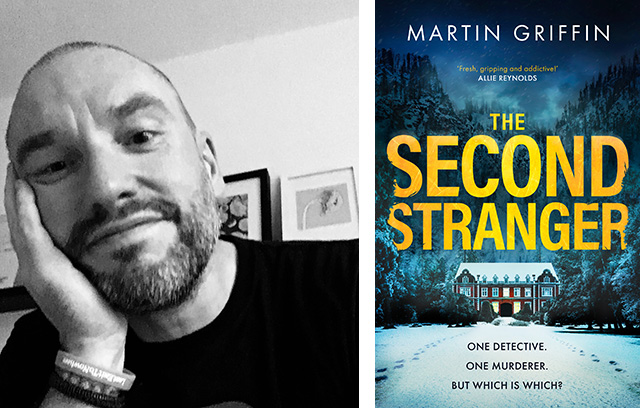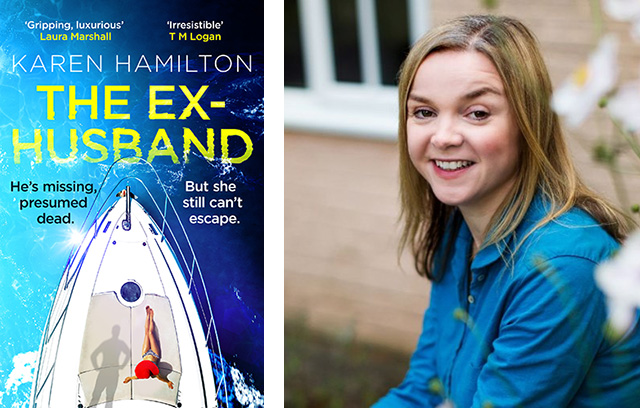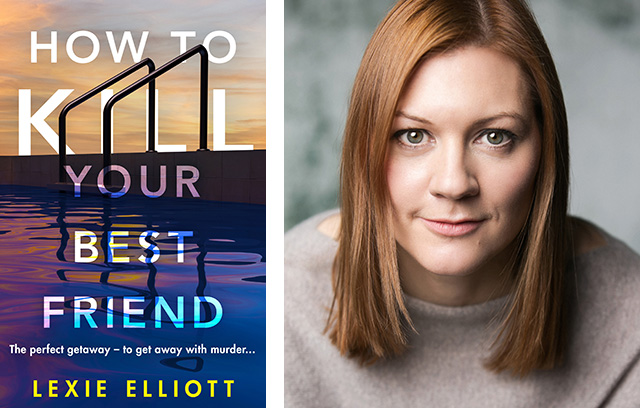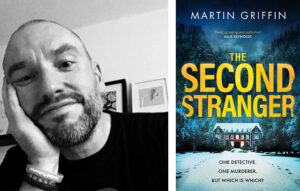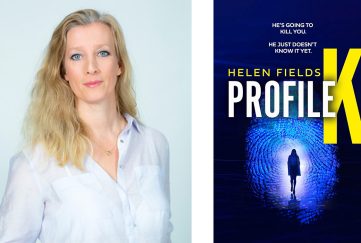Fantastic Locked-Room Mysteries
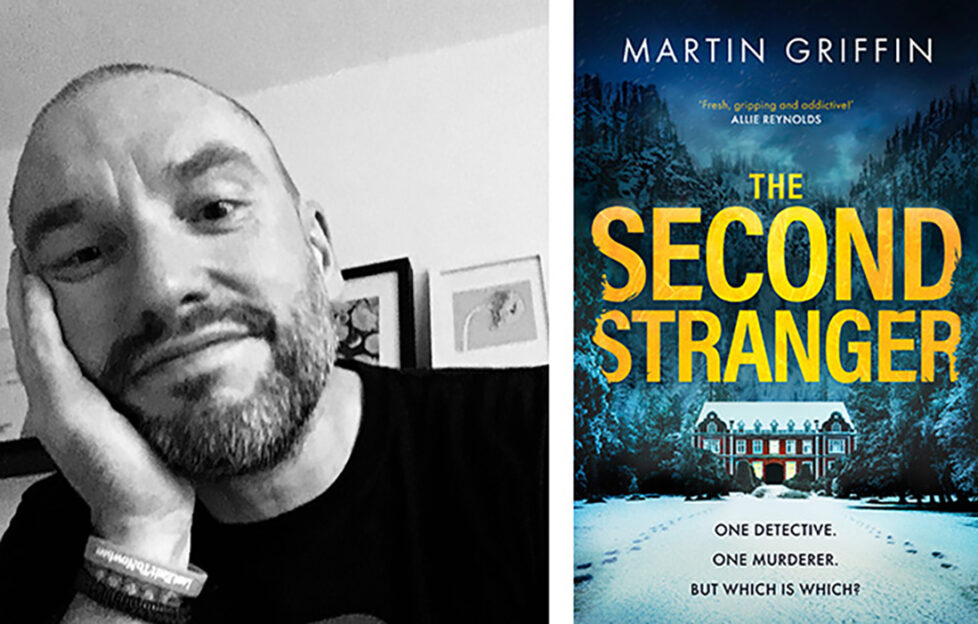
Martin Griffin joins us to discuss how to write a locked-room mystery – and why they are so popular with readers…
There’s a reason that over 8 million people tune in to watch Death in Paradise every January. Partly it’s the sight of sparkling sunshine in an otherwise bleak month, but I’d argue something more; it’s the fact that the show knows the nuts and bolts of the locked-room mystery so well.
What exactly is a locked-room mystery? At its heart, it’s any murder mystery in which a victim is discovered where entry or exit seem impossible. Classics of the genre present a situation – usually a dead body in a room locked from the inside – that leaves both detective and reader puzzling over how a murderer got in or out, a howdunnit as much as a whodunnit. But what inspires these stories, and how do writers tackle their often fiendish construction?
Early examples of the genre are often remembered for their ingenious design. John Dixon Carr’s Gideon Fell stories are intricately built puzzle-boxes that follow quite strict conventions, likewise a number of GK Chesterton’s Father Brown mysteries and of course Agatha Christie’s country house murder stories. But as with any genre, the rules and scope are subject to change. Nowadays we’re happy to experiment with the broader settings in locked-room stories. Any location which prevents a small group of suspects from leaving is game. Islands or remote outposts can be popular for this reason, and storms are often used to interfere with communication and isolate characters.
My introduction to the genre
My introduction to locked-room mysteries came very young. I became fascinated by a Tintin adventure called King Ottokar’s Sceptre in which the young reporter has to deduce how a priceless artifact is stolen from a locked and heavily guarded tower. It wasn’t until later in my childhood when I first watched Jonathan Creek that I realised this was a legitimate genre of its own. I became hooked. Edgar Allen Poe’s Murders in the Rue Morgue and Wilkie Collins’ The Moonstone were both particularly memorable early locked-room reads, but the genre is very much alive and well today; think Lucy Foley’s The Hunting Party or The Sanitorium by Sarah Pearse.
Below, I share the inspiration for my own novel, and talk to other writers who’ve used the power of a locked-room setting to create tense and claustrophobic reads.
Martin Griffin, author of The Second Stranger (out Jan 19, 2023)
The Second Stranger came to me because I forgot the time. I was out walking in the woods, the light began to fade and by the time I was back to the car park mine was the only vehicle left. It was dark and stormy, but there was a light on in a lonely road-side café. I called in for a hot drink and was served by a teenager working out there alone. I began to wonder what it would be like to be cut-off like that; isolated but also compelled to accept visitors coming in from the storm. The germ of an idea began to develop from there.
The Second Stranger is the story of Remie Yorke, a woman working night shift at a remote highland hotel. It’s close-season, there are two guests left and they’re both due to leave the next day. Remie herself has handed her notice in and is working her last ever shift. She’s excited to start a new chapter of her life – she even has her passport and plane ticket ready to go – but the night is going to deliver shocking revelations, and Remie won’t be prepared for what’s to come.
She’s not expecting guests, so it comes as a surprise when a police officer arrives. He’s crashed his car in the snow, he says, and has lost the prisoner he was transporting from a high-security jail. He needs to come inside and secure the building. Perturbed, Remie invites him in. But her night is to become deadly when a second visitor arrives, also claiming to be a police officer searching for a missing prisoner. Remie must work out which man is the officer and which the prisoner. What begins as a simple final shift at work, becomes a terrifying game of cat-and-mouse…
Martin talks to other authors about their locked-room mysteries
Karen Hamilton, bestselling author of The Perfect Girlfriend, The Last Wife and The Ex-Husband
A reformed con artist, Charlotte Wilson, finds the roles are reversed when a former victim seeks revenge.
“The power of a locked room to create a tense and claustrophobic read is a true favourite of mine. I love turning the pages to see if my theories about who the protagonist will unmask as the villain is correct. In my latest thriller, The Ex-Husband, I loved the idea of setting the book in paradise and exploring the darker side. Trapped on a luxurious superyacht in the Caribbean, Charlotte needs to escape her anonymous tormentor. With her ex-husband, Sam, Charlotte’s former partner in crime missing, The Ex-Husband alternates between the past and present unveiling their past scams onboard cruise ships to reveal which of their victims has a link to a fellow passenger now on board the superyacht.”
Lexie Elliott, author of 3 novels: The French Girl, The Missing Years, and How To Kill Your Best Friend
“How To Kill Your Best Friend is not exactly a locked-room mystery in the strictest sense of that phrase. I have always understood it to mean a mystery in which it initially seems impossible that anyone could have entered the crime scene, committed their dark deeds and then escaped without being seen. Instead, How To Kill Your Best Friend is more what I would call a closed environment thriller, whereby the characters are forced together in one location, with no ability to leave until the writer relents and allows them to!
“A closed environment is in many ways an extremely effective device for a writer, not least because it limits the suspect list; that inherently introduces a paranoid, claustrophobic atmosphere as the characters — and the readers — begin to appreciate that fact and start to suspect everyone present. It also allows the writer to further ratchet up the tension by playing with the environment itself, throwing all sorts of difficulties at the characters that they cannot escape by, say, simply getting in a car and driving away.
“Personally, I think a closed environment can be even more impactful if the setting is one that might ordinarily be considered benign — a place of relaxation, say, or even a place of sanctuary — as is the case of How To Kill Your Best Friend. In that novel, a group of friends gather together at a luxury resort on a remote island in Southeast Asia, ordinarily the type of destination where visitors forget their cares, for the memorial of one of their own who drowned swimming off the coast of that very same island — but some of the friends have questions as to how Lissa, a star swimmer, could possibly have drowned. As the weather turns nasty, trapping them in situ, it becomes apparent that Lissa’s death was only the beginning.”
Helen Fields, author of twelve books including The Last Girl to Die, the Perfect series and The Institution (out March 2, 2023)
Drawing upon Fields’ career as a criminal barrister, her latest book, The Institution is a claustrophobic, haunting crime thriller that will keep you up at night.
“The Institution is the first locked-room mystery I’ve written. Dr Connie Woolwine, a psychological profiler, is sent in undercover to figure out who killed a nurse in a high security prison hospital. Her baby is missing and has only days to survive, so the clock is ticking. All the inmates are serial killers, and at least one member of staff staff was an accomplice. And that is how it began.
“The power of a good locked-room mystery lies in making sure the reader is locked in with you rather than watching from the outside. The claustrophobia, the intensity and the suspense of a normal crime novel all has to be condensed into a much small physical space and a vastly reduced set of possibilities. I chose a hospital prison setting, and positioned the ward where the murder takes place in a high tower that can only be accessed by a few specially trained staff members. Such settings come with specific challenges. You have to be very clear about the layout, about doors, passageways and technology. How do people get in and out? Who can see what? How does security work? And as challenging as that was, just outlining the plot mechanics made me feel restricted enough that I could already feel how the reading experience would work.
“For me, the key to making a locked-room thriller as compelling as possible, was ensuring that I dropped my protagonist into the same horrible circumstances as the original victim. This was the only way to play out the drama in real time before my readers’ eyes. The imminent threat that gives crime fiction its hold-your-breath, eyes-glued-to-the-page momentum is essential. Locked rooms are challenging to write. You still need plenty of action and fully formed characters to keep the plot dynamic even as the walls are closing in. It’s worth remembering, too, that in a locked-room mystery the setting is a character in its own right. The reader has to see those walls and feel the intensity long after they’ve closed the book.”
The Second Stranger by Martin Griffin is out January 19, 2023 (Sphere) and is available to order here.

